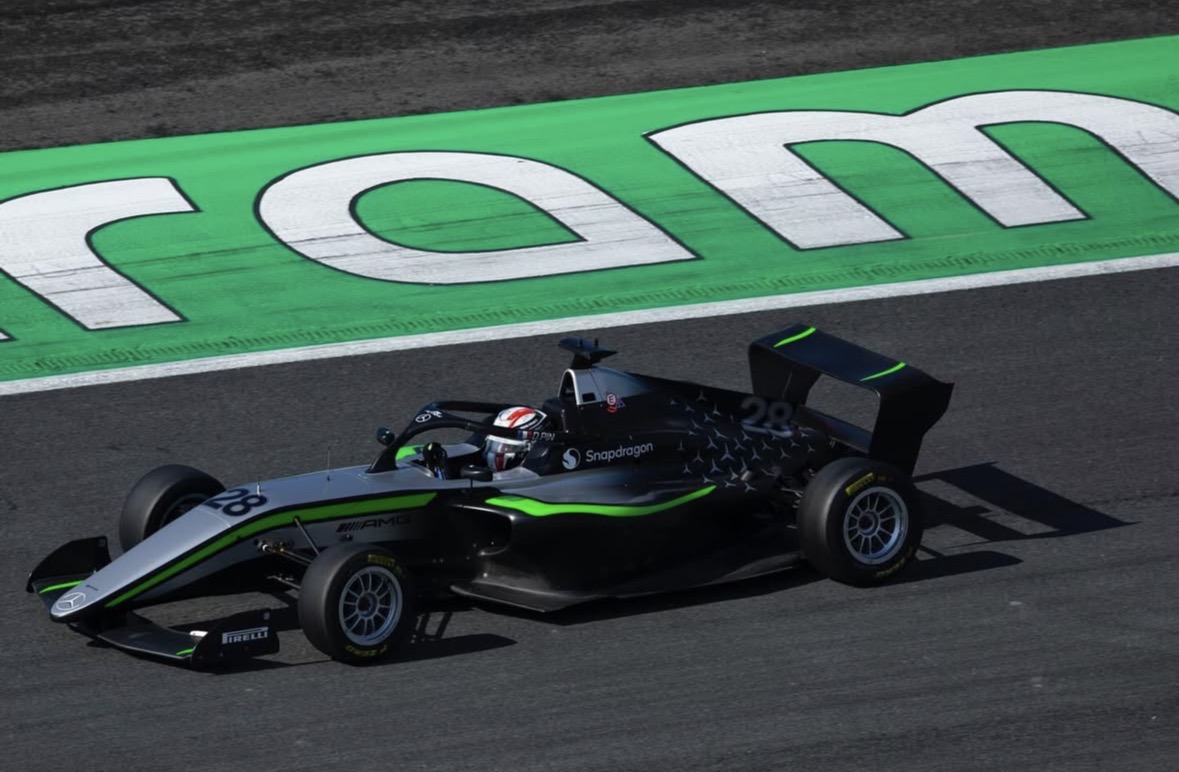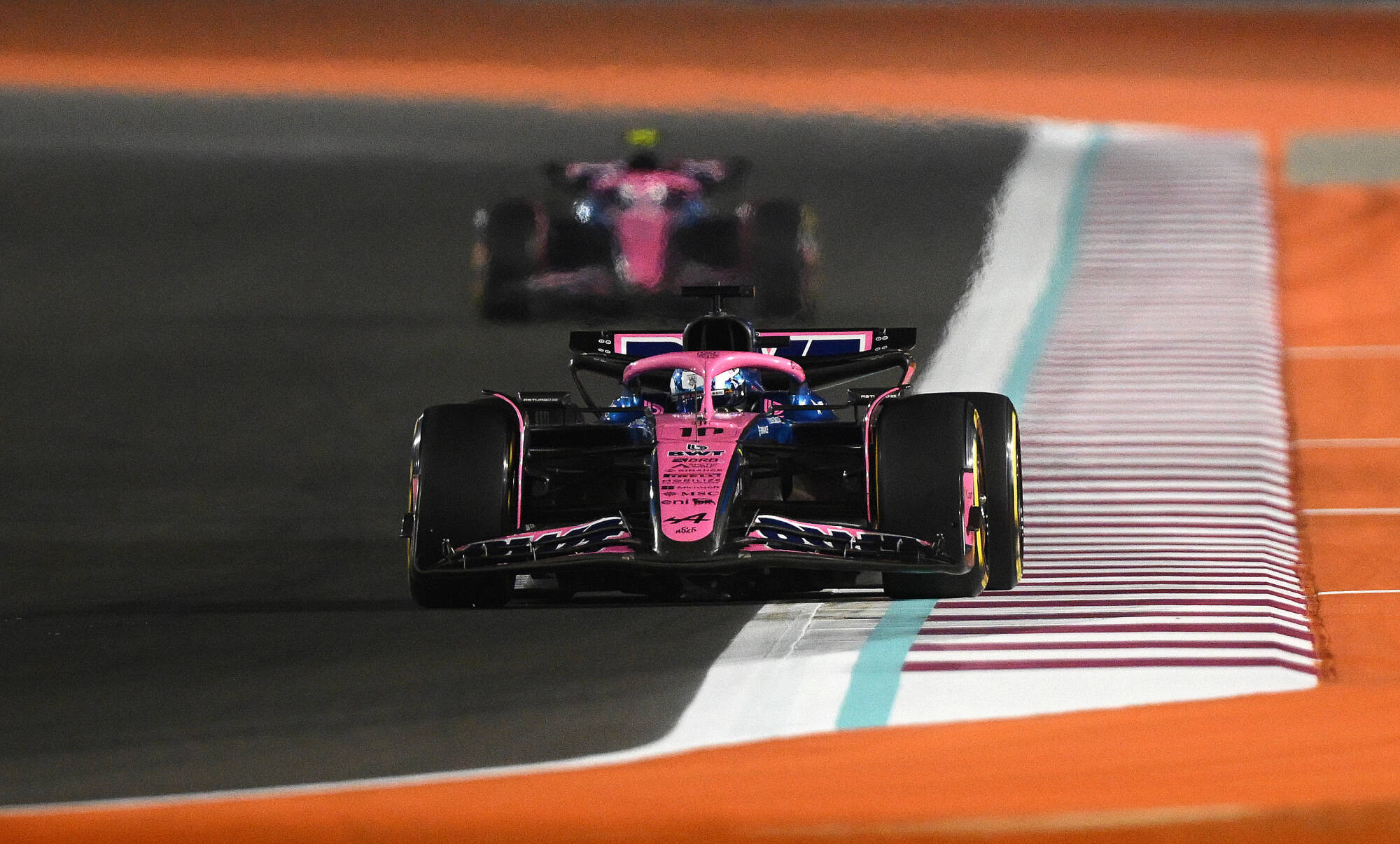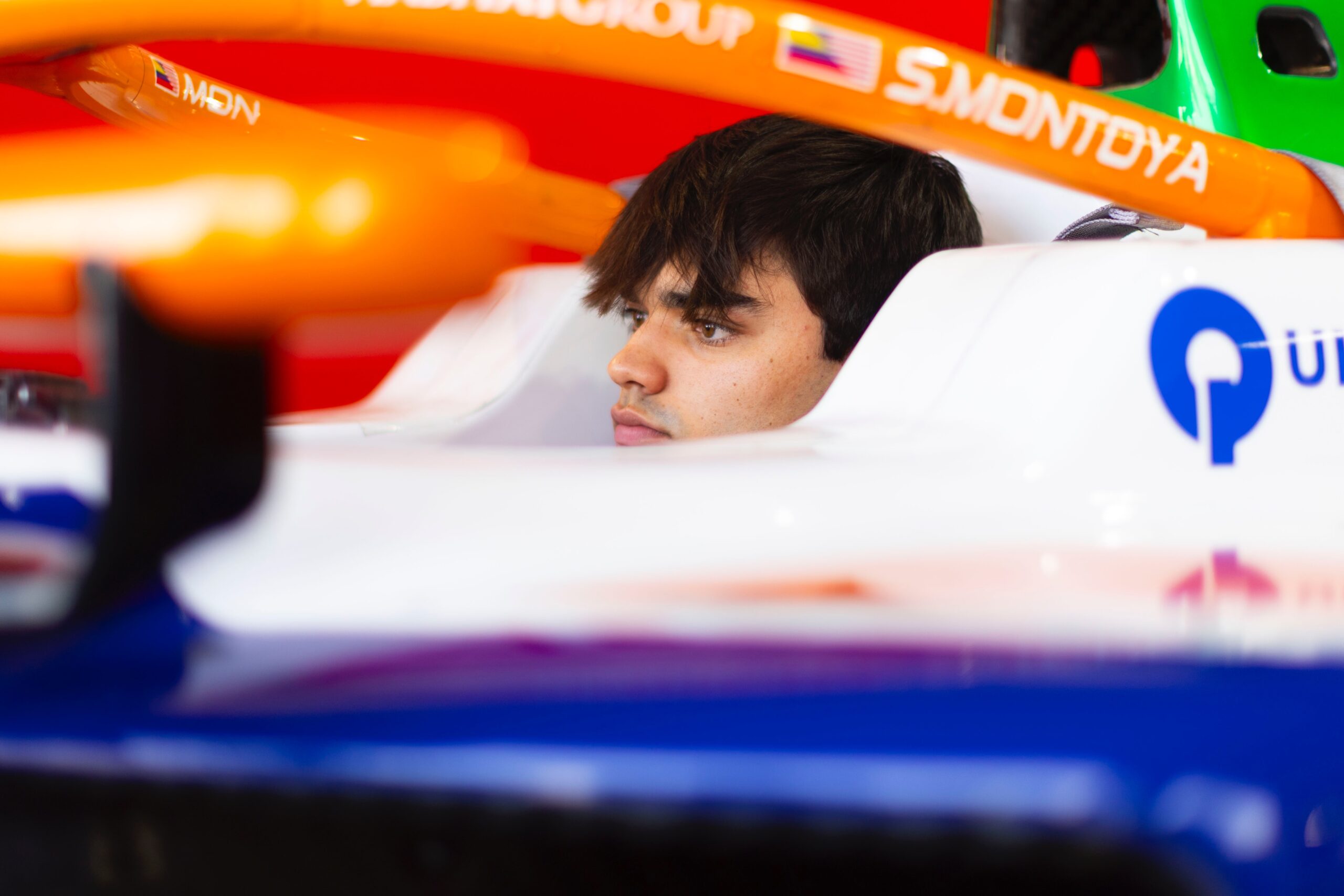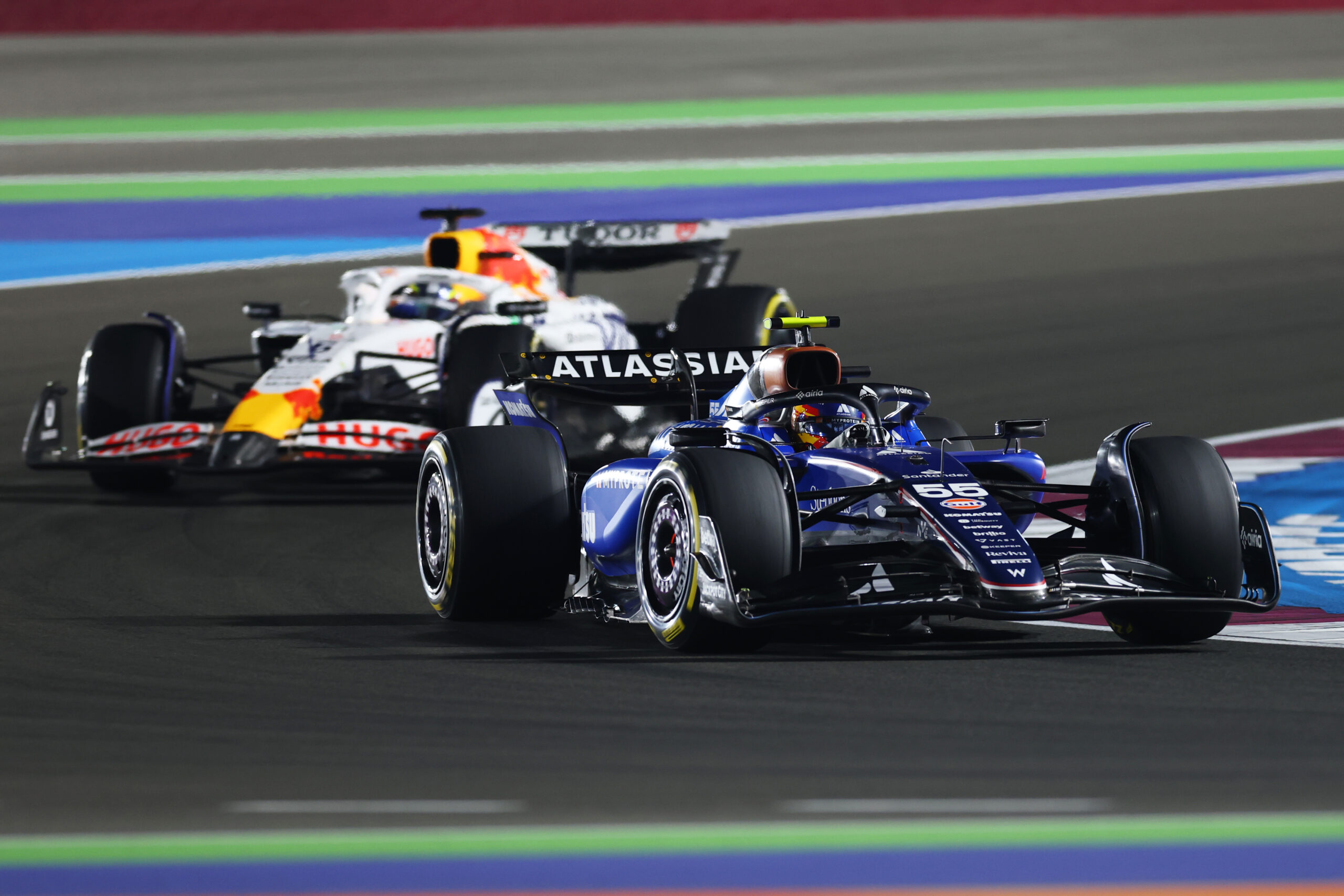Ferrari team principal Fred Vasseur revealed one of the biggest limitations hampering the performance of their 2025 car after a dismal showing at the F1 Miami GP.
Aside from the brief high of a third-place finish in the Sprint for Lewis Hamilton, the rest of the Miami weekend was undeniably painful.
Hamilton was eliminated in Q2 and could only manage 12th, while Charles Leclerc advanced to Q3 but had to settle for 8th. The fight for pole once again unfolded between the McLaren drivers and Max Verstappen, with Mercedes rookie Kimi Antonelli taking a surprise P3.
From there, the Maranello-based squad was resigned to a damage limitation race. On Sunday, Leclerc and Hamilton crossed the line seventh and eighth respectively, their struggles compounded by an awkward radio exchange over team orders. Williams driver Alex Albon finished P5 ahead of both, while Carlos Sainz proved to be a genuine threat to the Ferraris in the closing stages of the race, ultimately finishing P9 just behind Hamilton.
Leclerc made his frustrations clear: he feels like he’s wringing the maximum out of the car, but it’s not enough to challenge the likes of McLaren, Red Bull, or even Mercedes.
The SF-25 showed a lack of pace both over a single lap, as well as on longer runs, which made it difficult for the drivers to make up ground in the race.
Throughout Ferrari’s rocky start to the season, Vasseur has maintained that the concept of the SF-25 is not inherently flawed, but rather, that the car holds potential that the team hasn’t managed to unlock yet. With the 2026 regulation changes looming, time is running out for Ferrari to extract more from their current challenger before focus inevitably shifts to next year’s design.
Best Ferrari could do on race day
Vasseur believes Ferrari got the most out of the F1 Miami GP given the circumstances.
“I would say yes,” he told the media after the race. “If you don’t consider the quali [on Saturday]. We lost the weekend of the maximum of points since quali.
“In quali our fastest lap with the two cars was with scrubbed and not with new [tyres]. We were not able to get the potential of the new tyres.
“The lap that we did on scrubbed was not that bad. It was probably P4, P5. But when the others put a new set [on] we lost the 4-5 position.
“Clearly it’s where we have to improve, if you have a look at the global picture of the weekend. It’s where we have to improve to get the best from the new tyres and to do a step forward.”
Vasseur conceded that McLaren was untouchable throughout the race, but figured Ferrari could have challenged Verstappen and the Mercedes drivers had they qualified higher on Saturday.
“I think the pace is always difficult when you are stuck in the pack,” Vasseur said. “But the pace today was probably matching with Red Bull and Mercedes.
“I think McLaren was on another planet today. We never said that we could have fought with McLaren. But with a better position we agreed to fight with Max and Mercedes.”
Miami exacerbated existing tyre issues
Vasseur pointed to the car’s inability to maximise performance on fresh tyres as one of the main issues hampering progress. This problem was especially stark at the F1 Miami GP.
“If I knew the answer to this, I would do a step forward and we would have fixed it between Q2 and Q3 yesterday,” Vasseur commented.
“You always have to operate the tyres in a very narrow window. It’s different from track to track, it’s different from compound to compound, from track temp to track temp. And it’s always after the session that you say, ‘okay, I could have done [it] differently’.”
He continued: “I think we were able to do a better job the last two or three events, even if the quali was always not our best session. But [Miami] was, so far, the worst of the season in terms of pure quali, because we didn’t at all extract the potential of the tyres.
“If you have a look, everybody improved five or six tenths between scrubbed to new, and we lost two or three tenths.”
On a more optimistic note, Vasseur pointed out that Leclerc was one of the fastest drivers on track in Saudi Arabia. He attributed Ferrari’s pace deficit in Miami to the characteristics of the circuit, which highlighted one of the SF-25’s weaknesses.
“[In Miami] we were far away.
“(…) We were far away because of the characteristics of the track. We are much more rear-limited, so it’s fitting more with the McLaren approach.”




